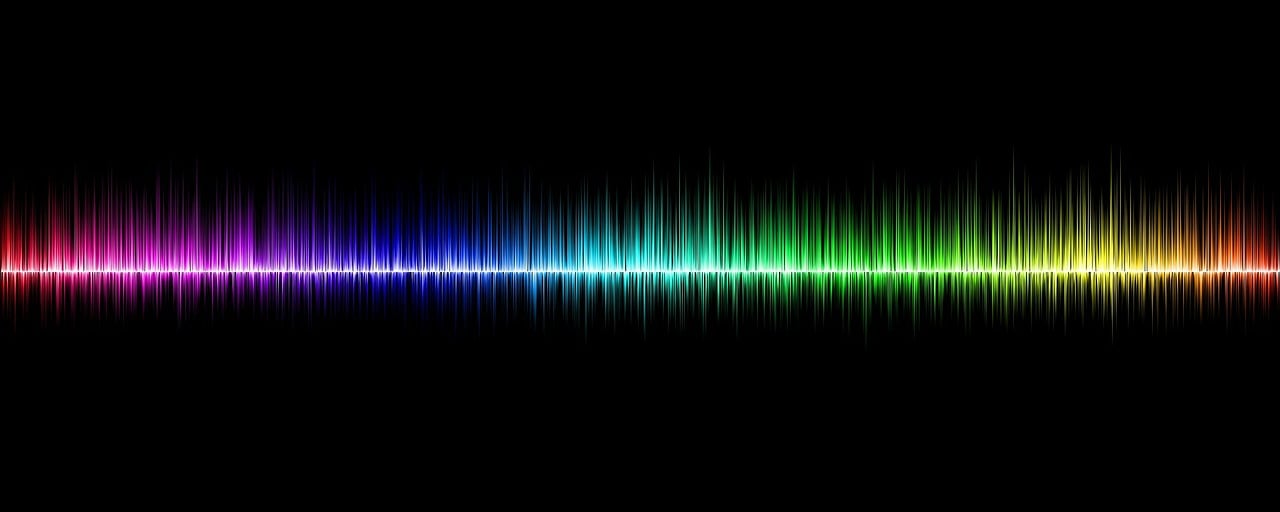This week, I ordered plastic wrap, and failed to establish BLE on the microcontroller. Microphone signal processing continues, but is not yet complete. This is a video of me attempting to test microphone signal processing:
By using a variation of the example code for analogContinuousRead, we can now sample at 20 kHz and above! For voice and piano, this ought to be able to pick up everything but the very highest piano overtones; it also automatically averages the collected samples. I must note here that the datasheet for our analog microphones shows the typical microphone frequency response up to 10 kHz, implying that 10 kHz is the highest frequency the microphone can reliably pick up. The sampling speed could be set higher than 20 kHz in code, but this might have no effect if the microphones cannot interpret signals above 10 kHz.
A greater difficulty exists: as you can see in the video, the microphone input from the continuous ADC read seems to be following a cycle rather than actually responding to the environment. This could just be an error with loose connections that will be resolved when the final product is soldered together, or it could indicate that something is going wrong between the mic output (which is verified to output signals that increase in amplitude as sound volume increases) and the ADC input (which uses example code provided by the creators of ESP32). To be safe, we are going to implement a peak detector circuit for each mic-ADC connection on half of the flex PCBs that will be ordered.
While my progress is technically on schedule in that I have fulfilled the tasks I set last week, I think I am generally behind schedule. I do not think this project will be complete and functional in only 2 weeks if I continue working at my current pace.
Tasks I need to do before next meeting:
- Choose resistor/capacitor values for the peak detector circuits
- Find instances of the chosen diode (1n4148) and op-amp (LM248) in the Fusion 360 library if they exist
- Find datasheets for the chosen diode and op-amp
- Order 3 more Beetles, another 100-pack of NeoPixels, and diodes in preparation for assembling the flexPCBs
- Place the order for flexPCBs (2 board designs: with and without peak detector)
- Verify that a BLE connection can exist between the Beetle and my phone without security issues
- Make sure that the microcontroller can send and receive data via BLE connection
Testing status: as of today, I have not explicitly fulfilled any of the tests set out in the design review. I will definitely run the loudness and directionality tests, and will perform other tests as needed. For all tests, including the loudness and directionality tests, the anticipated/measured result directly relates to one of the requirements of the system (as shown in the testing charts on the design review slideshow).
